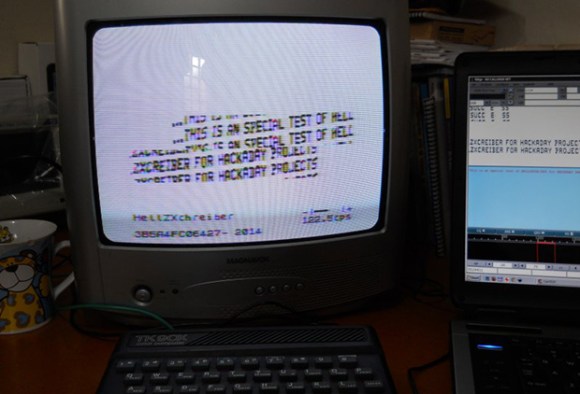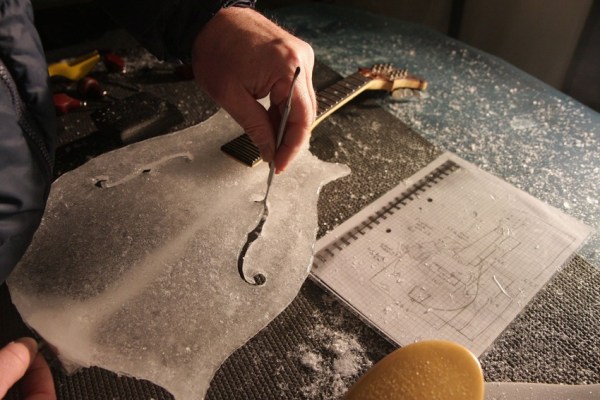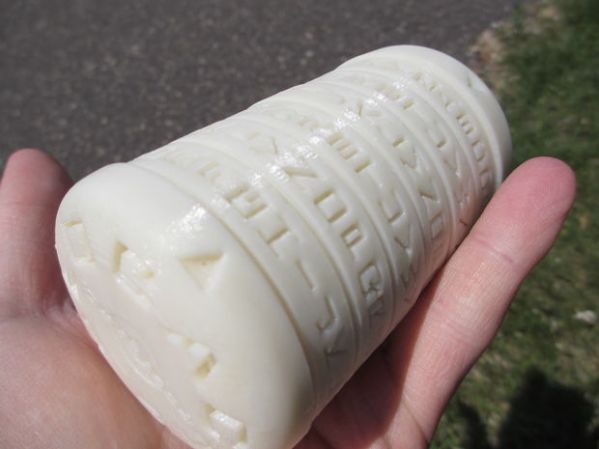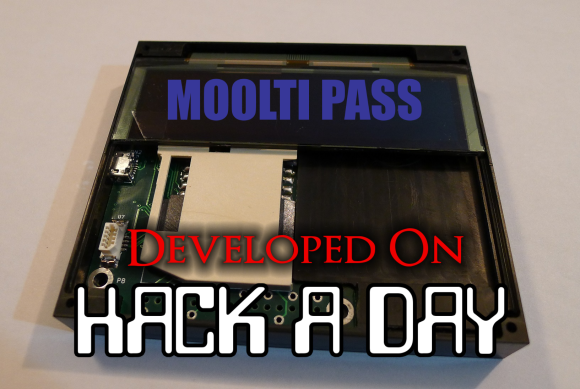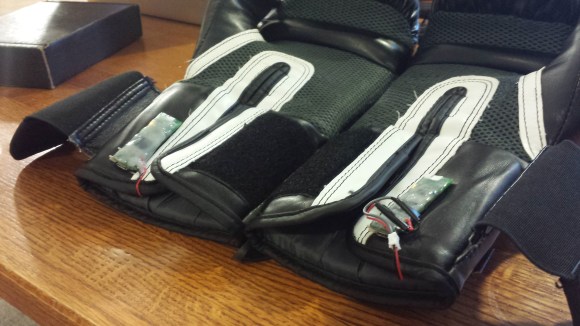
You can’t feed a piece of wood through a stock inkjet printer, and if you could it’s likely the nature of the material would result in less than optimal prints. But [Steve Ramsey] has a tutorial on inkjet transfers to wood over on his YouTube Channel which is a simple two-step method that produces great results. We really love quick tips like this. Steve explains the entire technique while creating an example project – all in under 2 minutes of video. We don’t want to get your hopes up though – this method will only work on porous absorbent surfaces like bare wood, not on PC boards. We’ve featured some great Inject PCB resist methods here in the past though.
The transfer technique is dead simple. [Steve] uses the backing from a used sheet of inkjet labels (the shiny part that normally gets thrown away). He runs the backing sheet through his inkjet printer. Since plastic coated backing sheet isn’t porous, the ink doesn’t soak in and dry. He then presses the still wet page onto a piece of wood. The wet ink is instantly absorbed into the wood. A lacquer clear coat seals the image in and really make the colors pop. We’d like to see how this method would work with other porous materials, like fabrics (though the ink probably wouldn’t survive the washing machine).
Click past the break for another example of [Steve’s] work, and two videos featuring the technique.

